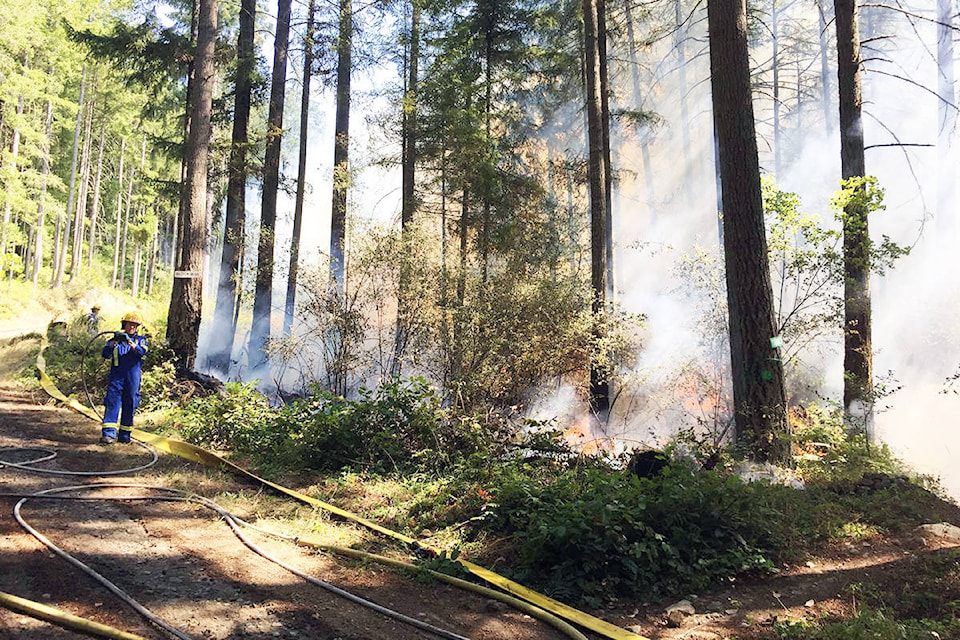After a relatively uneventful spring and early summer, wildfire season has arrived.
So far this year, 598 fires have destroyed 18,608 hectares provincewide. This includes 117 fires which have burned 1,638 hectares in the Kamloops Fire Centre鈥檚 region. This region includes the Okanagan and Similkameen.
Some of these fires are burning close to home.
The Eagle Bluff fire, southeast of Okanagan Falls, is at 225 hectares and an evacuation alert has been issued for the area.
In the Similkameen, the Richter Mountain fire, south of Cawston, is at 403 hectares and while crews are continuing to battle this fire, an evacuation alert has been rescinded.
READ ALSO:
Other fires have been reported elsewhere in the region.
And with the weather forecast calling for hot, sunny weather, the wildfire risk is increasing.
This year鈥檚 wildfire season is far less intense than 2018 and 2017, the worst years on record in British Columbia.
During each of those summers, a provincial state of emergency was declared and the total fire damage was well past one million hectares.
The costs of firefighting efforts in each of those years topped $600 million.
Those of us who were here during those summers will never forget the heavy smoke, the poor air quality, the limited visibility and the emergency preparations in case of an evacuation alert or evacuation order.
We have also seen other catastrophic wildfires, including the Garnet fire in 1994, the Giant鈥檚 Head Mountain fire in Summerland in 1996, the Okanagan Mountain Park fire during the devastating 2003 fire season and others.
While some wildfires of note have been caused by lightning, others are human-caused.
Because of this, it is essential to exercise fire safety at all times, especially during the summer wildfire season.
Prevention is far less stressful and far less costly than working to control and contain a wildfire.
To report a typo, email:
news@summerlandreview.com.
news@summerlandreview.com
Like us on and follow us on .



